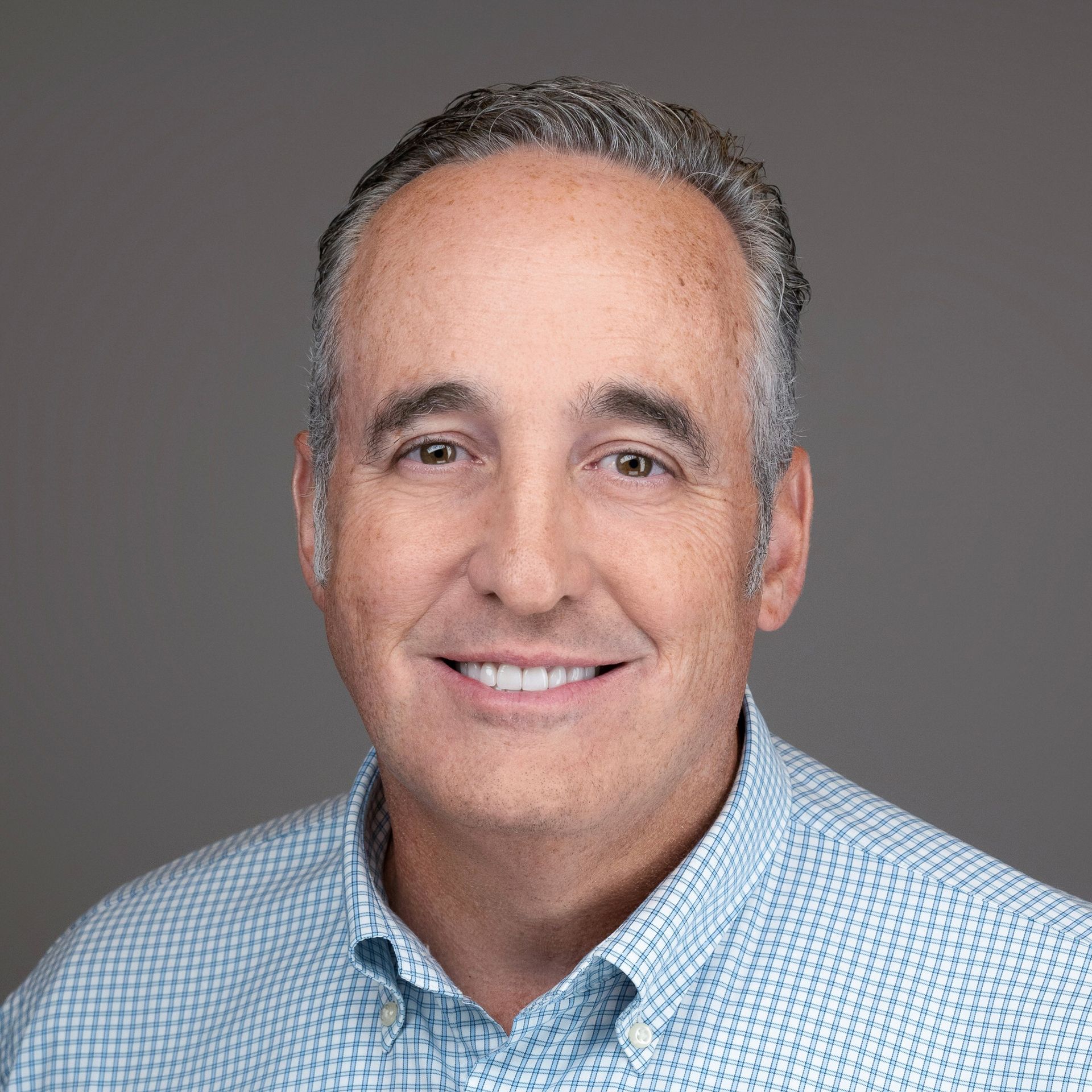Utah-native Scott Parson, President of CRH Americas Materials, shares his unique perspective and passion about construction and building materials solutions.
By Brad Fullmer
Parson’s first job at age 13 was working in the Brigham City shop where he gained a deep appreciation for the hard work needed for the business to grow and thrive. After graduating high school in 1986, he served a two-year LDS mission in Tokyo (1987-89), before returning to earn a Bachelor's degree from Brigham Young University in 1991 and a Master of Business Administration from the University of Chicago Booth School of Business in 1993.
His first professional role at JBP was VP of Human Resources and Marketing from 1993-2002. Three years into that nine-year stint, the family made the tough decision to sell the business to CRH. It was just a year after CRH acquired Staker Paving & Construction, a long-time rival of JBP.
The companies operated separately before merging in 2001 and being rebranded as Staker Parson Companies (now Staker Parson Materials and Construction). Over the next nine years, Parson displayed sound leadership in two different roles—General Manager of JBP (2002-06) and President of Staker Parson Companies (2006-10). In 2010 he was tasked to lead CRH’s Mountain West Division and later the West Division encompassing operations across the Western U.S.
At each stop, Parson and his team grew the business while helping establish a rock-solid company culture. Last October, he was offered a position to lead CRH Americas Materials, taking the helm in January.
As if his day job isn't demanding enough, Parson is also serving as 2023 Chairman of the Associated General Contractors (AGC) of Utah, following in the footsteps of his grandfather (Jack Sr. served in 1971) and father (Jack Jr. served in 1993) and continuing the firm's long history of support and participation within the venerable association.
Other industry and community roles have included chairing the following boards: National Ready Mixed Concrete Association; Salt Lake Chamber; Ready Mixed Concrete Research and Education Foundation; Weber State University Parson Construction Management Program; Utah State Parks.
UC&D: This year marks 30 years for you in a full-time role in the construction industry, first at Jack B. Parson, then Staker Parson Companies, and now CRH. Was it a given that you would end up working for the family company, or did you contemplate a career outside the construction industry?
Parson: Growing up in a family business, I was encouraged to learn about the company but was never pressured. Seeing the sense of accomplishment and pride my dad, brother and other employees showed was inspiring. The only other career I briefly explored was international business related to Japan (he served an LDS mission to Tokyo from 1987-89). I worked one summer as an intern at a Japanese insurance company in Tokyo and decided that building and construction were more fulfilling and a better career path for me.
UC&D:
You have steadily moved up the corporate ladder with consistent promotions to key positions that allowed you to gradually develop your interpersonal communication and leadership skills. You are now President of Americas Materials at CRH, a leading provider of building materials solutions and the largest building materials company in North America. What is your role like now, how has it changed?
Parson: With each new job came additional responsibilities, new things to learn, people to work with, and challenges to turn into opportunities. I learned critical lessons in each role and early on came to understand that the best way to prepare for the next promotion is to perform well in your current job. Right now, in leading Americas Materials, my focus centers on our team’s safety and capabilities, commercial and operational performance, and growth of the business.
With each career step, vision, strategy and culture became more and more important. Some of the most impactful lessons I learned from my dad and brother are the importance of choosing great people, trusting and empowering them. This approach has been the secret to our success before – and after – joining CRH. We’ve worked hard to create a culture where driven people can win by connecting with and delivering great quality and service to our customers.
UC&D: You’ve said before that CRH and Jack B. Parson Companies are, at their roots, very similar companies.
Parson:
If I go way back and look at the culture of the Jack B. Parson family business, we were an entrepreneurial enterprise. And we still are. We were and are contractors and suppliers to contractors. We build real things for real people. There’s deep satisfaction in making that kind of lasting impact. We also build people and provide a place for people to build careers. Many of our current leaders joined us as interns or in entry level positions. They’ve stayed with us, and we’ve grown and prospered together.
UC&D: Three years into your career, JBP was acquired by CRH in 1996, giving the Irish-headquartered company two sizeable materials companies in the western U.S. It must have been an interesting time for you professionally; what do you recall about it?
Parson: As far as a I know (Staker Paving and Jack B. Parson) had never worked together on a project—we were fierce competitors when we found ourselves part of the same family. We operated separately until 2001, when we merged and formed Staker Parson Companies. We did that to drive efficiency and more effective management practices. We actually flipped a coin to determine which name would go first. You can probably guess who lost.
What was really appealing to us about selling to CRH was their model. They were building a federation of independent companies in the construction materials space. They had a well-established record, and we met with a number of owners that were still with CRH, that had sold their companies in the prior decade and still had meaningful roles. It had been great for their employees. There were very few CRH corporate people. There was never a concern that they would come in and tell us how to run the business. As soon as we joined, they invited us to participate in their best practice meetings where we shared and borrowed ideas and practices that made us better.
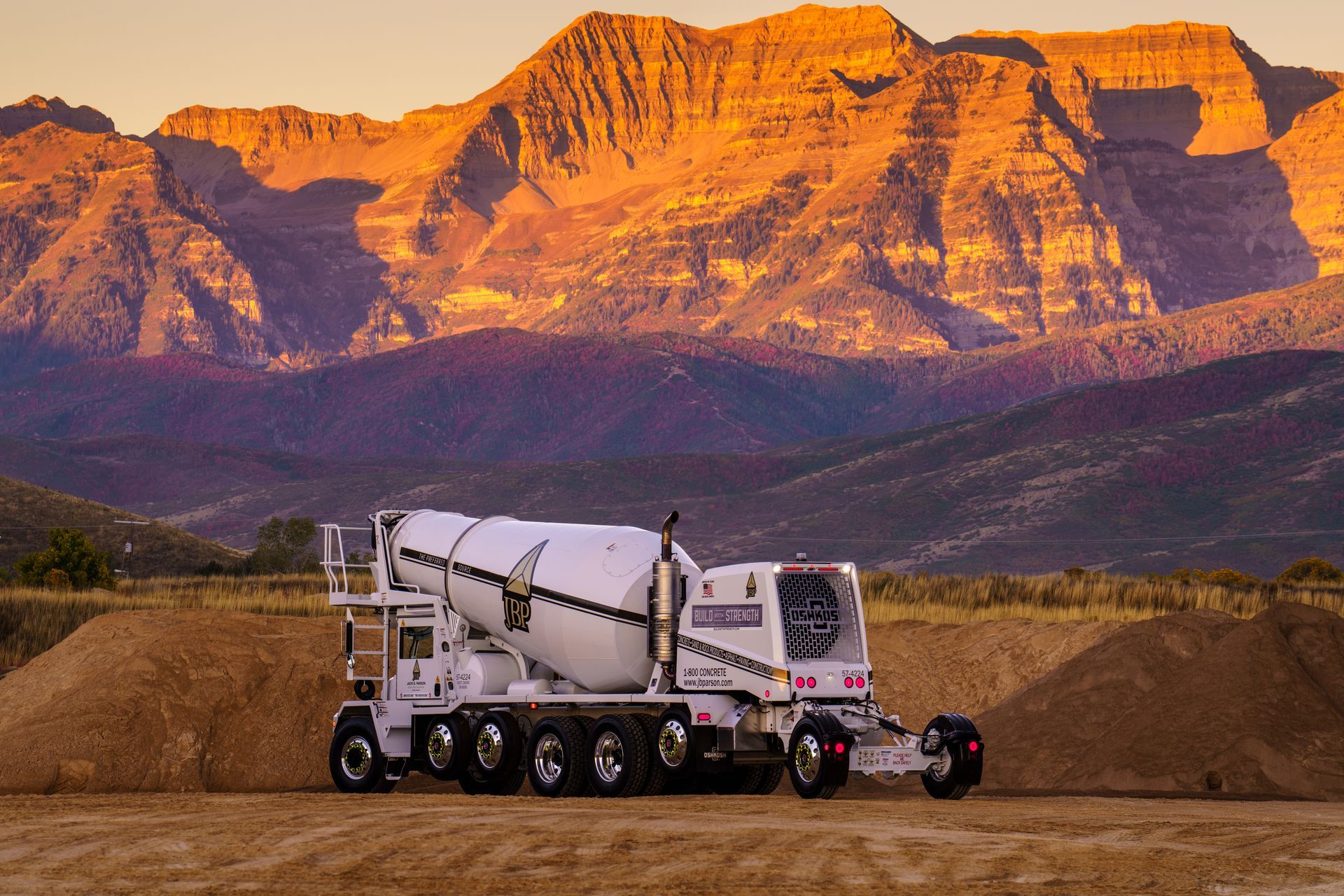
Slide title
Parson oversees CRH Americas Materials, the largest vertically integrated materials company in North America with more than 28,000
employees and annual revenues over $12 billion—with operations in 44 U.S. states and two Canadian provinces. (photos courtesy CRH)
Button

Slide title
Parson oversees CRH Americas Materials, the largest vertically integrated materials company in North America with more than 28,000
employees and annual revenues over $12 billion—with operations in 44 U.S. states and two Canadian provinces. (photos courtesy CRH)
Button
UC&D: I would imagine it’s quite daunting to carry the responsibility you have. When did you feel like you had the requisite professional skills and temperament to be an effective leader for a company of this size?
Parson:
I’m learning every day. I am naturally a curious person and have been throughout my career—I’m curious about people, the projects we’re building, how new technologies are impacting the industry, and the industry itself. Curiosity and an ambition to learn have served me well. It’s a huge responsibility to lead our team and my biggest concern is that they each return home safe every day. I take that responsibility very seriously. You develop experiences along the way. Prior to being tapped for this role, I was leading the largest geography within Americas Materials. I loved working with and leading our West Team and would have been happy to continue doing that. Circumstances changed, a leader was needed, and I was honored to be asked.
UC&D:
You come from a family of successful, talented businessmen; what did you learn from each of them?
Parson:
I never had the opportunity to work with my grandpa. What he was known for was ambition and grit. You think about the time he built this business, from the 50s through the 70s. There was a lot of opportunity and he was a classic entrepreneur. From my dad, I learned the importance of putting people first, and entrusting and empowering others. I also learned a lot from John—we 've worked closely together the whole 30 years. He is an exceptional leader and is very performance minded. For him, it's about beating whatever target you set out, whether it's how you bid a project, efficiency or metrics. It's always striving to do better tomorrow than we did today, and to balance that with celebrating the wins along the way with positive reinforcement.
UC&D: You have an interesting perspective on construction activity throughout the U.S. Utah's overall economy and activity within the commercial construction market has been red-hot in recent years. How do you view the Utah/Intermountain region looking ahead 18-24 months?
Parson: I'm very optimistic about the economy in Utah and the west. I think we have really good fundamentals. We have a good workforce, which makes us an attractive place for business to expand and we generally have a business-friendly environment. That same sentiment is true for much of the U.S. where we have operations. We are also beginning to see opportunities from growing federal and state infrastructure investments. The Chips & Science Act is also driving mega projects like chip plants, data centers, and demand for construction of new facilities. While we've had a lull in housing the last 12 months—and that will likely continue until rates start to fall—the undersupply of housing means that need is going to have to be met. Our business is well structured in terms of our exposure to the infrastructure, non-residential and residential sectors, and we're able to flex effectively and take advantage of opportunities in our markets.
UC&D: What do you like most about your job versus 20 years ago when you were GM of Jack B. Parson Ready Mix?
Parson: I like the expanded scope in terms of the geographies. I'm always inspired when I meet a new team and hear the story and the history of a local company—the pride, the expertise, the passion they have is inspiring. I enjoy meeting people across North America that work in our business. I leave every time impressed with their commitment and talent. The construction industry tends to attract people who are at their heart builders. We want to make a difference; we want to leave a legacy. We can see what our teams have done at the end of every day, whether you're producing material or building a project. That's inspiring to be part of. CRH 's purpose statement is: We stand together to reinvent the way our world is built. It’s awesome to be part of living that purpose.
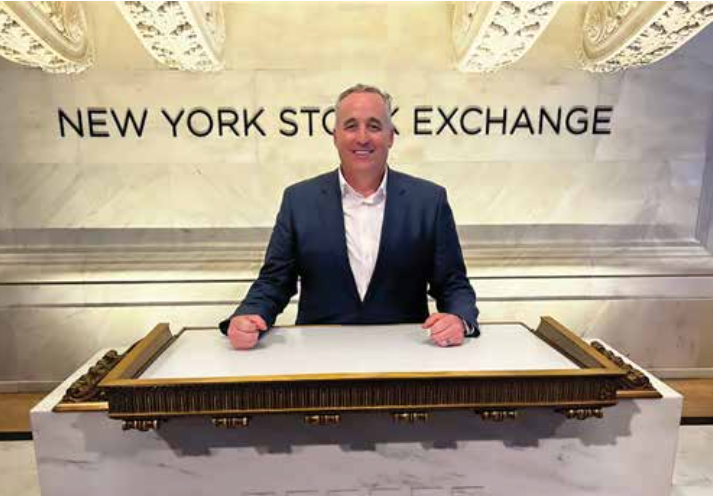
Slide title
Parson attended the New York Stock Exchange in NYC September 25
as CRH moved its primary stock listing from London to New York.
Button

Slide title
CRH’s first two major acquisitions in the Western U.S. were Staker Paving in 1995 and Jack B. Parson
Company in 1996, which led to the creation of Staker Parson Construction & Materials in 2001.
Button
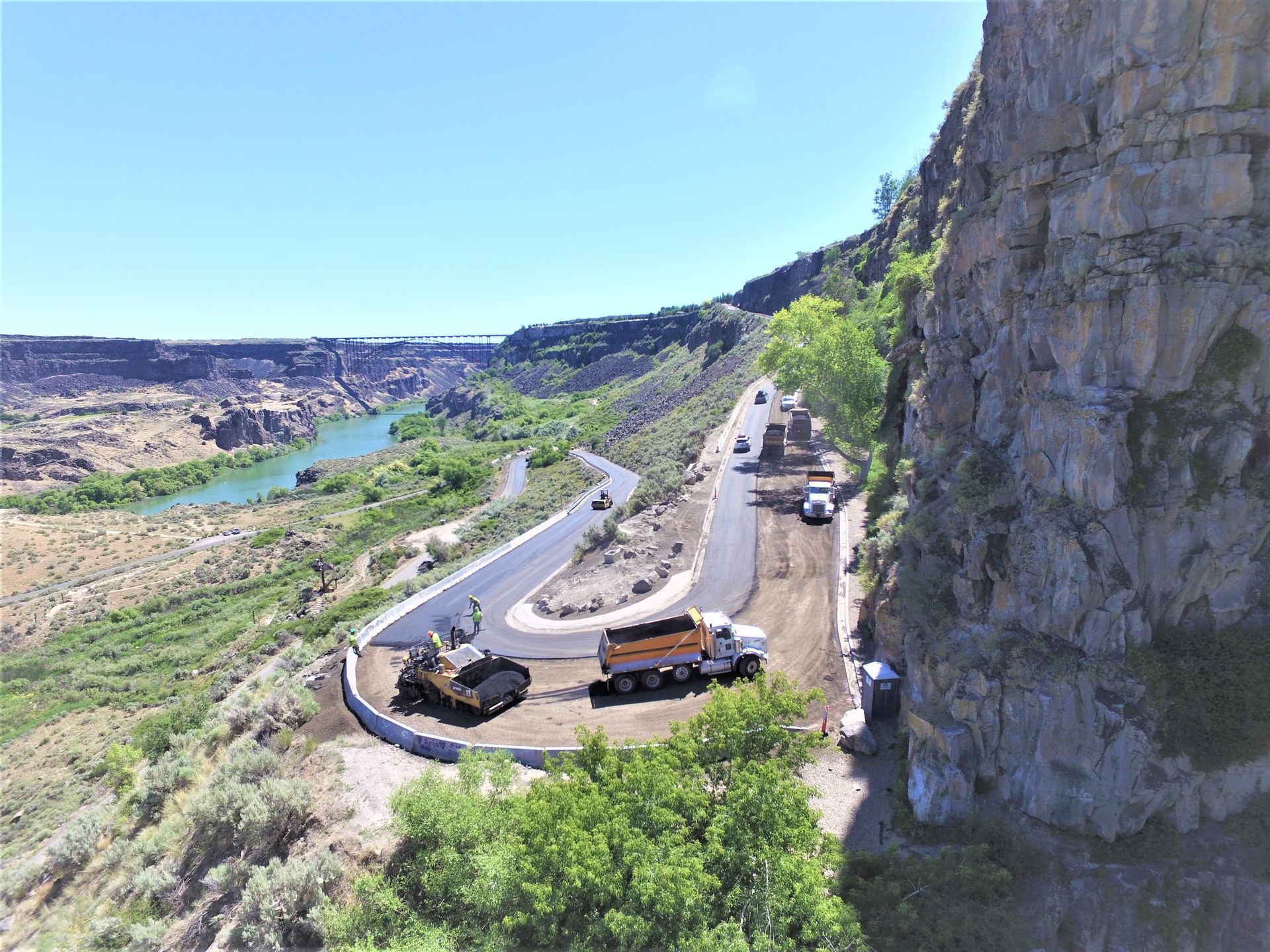
Slide title
CRH’s first two major acquisitions in the Western U.S. were Staker Paving in 1995 and Jack B. Parson
Company in 1996, which led to the creation of Staker Parson Construction & Materials in 2001.
Button
UC&D: What are your top three concerns for the construction industry as we head into the final quarter of 2023?
Parson: The shortage of skilled employees is my top concern. Second would be regulation that could negatively impact the pace of project development. Third is making sure we have sustainable funding and investment for the projects we build and supply.
UC&D: What is going on with the "greening" of ready-mix concrete?
Parson: A few years ago, we developed a (concrete) mix specifically for a client in Oregon. The owner had approached us on designing a greener concrete mix, and to accomplish this it takes collaboration between cement producers, admixture suppliers, ready-mix producers, the engineer, and the owner. From those efforts, we developed an effective mix and have supplied 75,000 yards. It is something they can utilize in their projects across the country. This is a great example of understanding and helping a customer solve their challenge with a more sustainable solution. We are going to see more and more of that in the future.
UC&D: You're 55, which gives you a solid decade to write your final career chapter before riding off into the sunset. How are you feeling right now?
Parson: Well, it's rude of you to call it a final chapter! (laughs) I am blessed with a great family, a career that is fulfilling and a life that I really enjoy. I’m not in any rush to change things too much and am committed to our company and the industry. At some point, I’d like to serve on a few corporate boards and maybe teach at a business school. I also look forward to one day having the luxury of more time to provide meaningful service with my wife along with mastering the finer points of fly-fishing (hopefully in some exotic spots around the globe).
